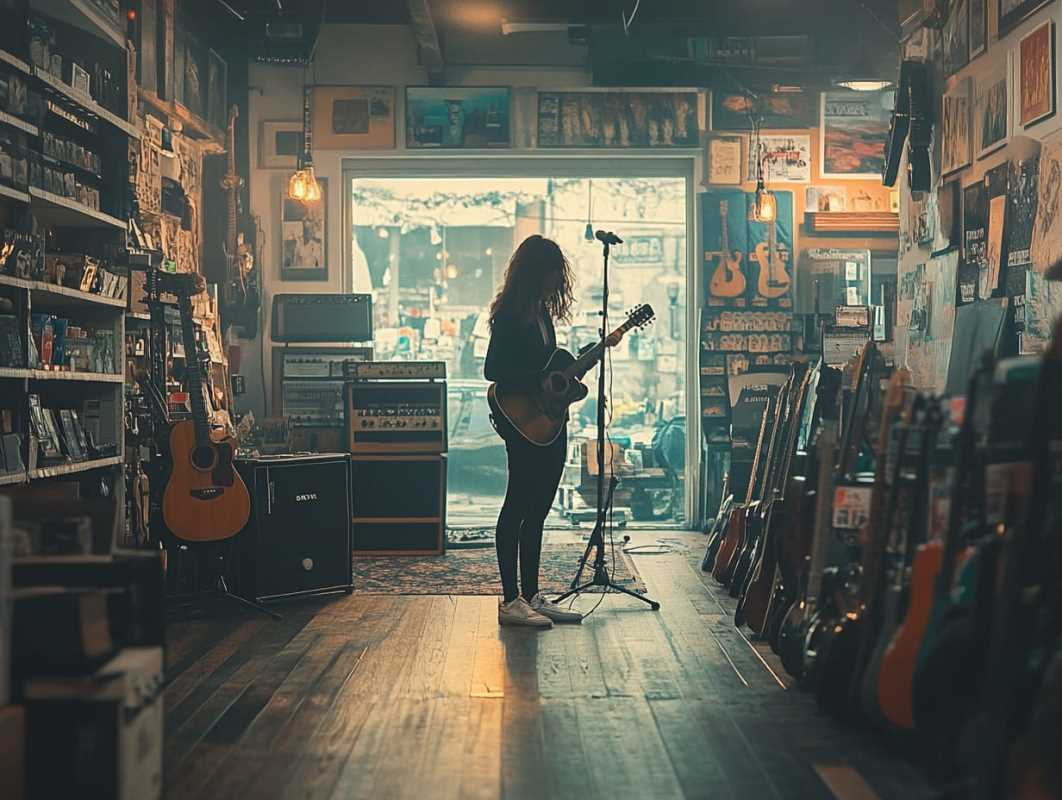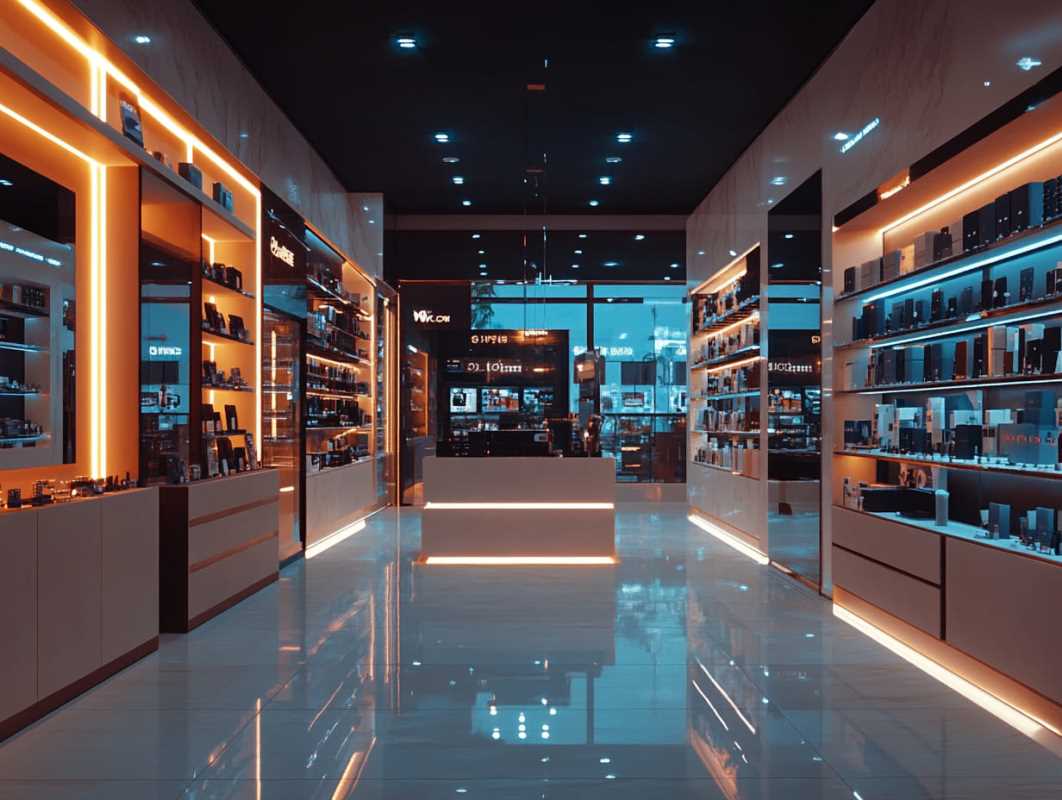Pop-up shops have become a key trend in modern retail, offering brands a unique and flexible way to connect with consumers. These temporary retail spaces are an innovative method for testing new markets, launching exclusive products, and building brand visibility — all without the long-term commitment of a traditional brick-and-mortar store. Their short-term and adaptable nature allows businesses to engage with local customers in creative ways and foster memorable shopping experiences.
Pop-up shops are an excellent way to experiment with product offerings, connect with specific communities, and reach diverse audiences. They create opportunities for immersive, interactive experiences that strengthen brand-customer relationships. Additionally, these shops can generate buzz by offering limited-edition items, hosting events, or collaborating with influencers.
With thoughtful strategies, pop-up shops can turn into highly effective brand-building tools. They provide valuable insights into consumer behavior, allowing brands to gather data and adjust strategies for future growth. Whether the goal is to capture seasonal sales, test a new product, or connect with a new audience, pop-up shops create opportunities to increase engagement and strengthen brand loyalty. When executed well, they become far more than temporary spaces — they become a gateway to new possibilities.
Creating a Memorable Shopping Experience
The success of any pop-up shop relies on more than just location and products — it hinges on creating a unique and immersive experience for shoppers. A pop-up shop that prioritizes customer interaction leaves a lasting brand impression and builds loyalty among consumers. Through workshops, product demos, and engaging personalized services, brands can captivate customers and drive repeat interest long after the shop's closure.
Some interactive elements to incorporate into pop-up shops include:
- Hosting hands-on workshops that teach customers how to use products.
- Setting up product demonstration stations to engage customers with tangible experiences.
- Offering exclusive one-on-one consultations or personalized services.
- Organizing in-store activities like art installations or live performances.
Use Data and Analytics for More Informed Decisions
Pop-up shops are a goldmine of customer insights. They provide brands with the opportunity to harness real-time data through technologies like POS systems, Wi-Fi tracking, and customer feedback surveys. These insights can identify customer preferences, market trends, and buying behaviors—all vital for shaping future strategies. Data analysis ensures companies can optimize product launches, marketing efforts, and resource planning with precision.
The Power of Influencer Collaborations
Influencer marketing remains a proven strategy for driving buzz and excitement, especially for temporary retail spaces like pop-up shops. Partnering with the right influencers—those with loyal, engaged audiences — can amplify brand reach and foot traffic. Social media promotions, live events, and influencer appearances can create organic hype that translates into increased visibility and sales.
Limited Edition Product Strategies
Exclusivity is a proven driver of consumer behavior. Offering limited edition or exclusive products at a pop-up shop can generate a sense of urgency and scarcity among shoppers, encouraging them to act quickly and make purchases. Limited edition items are not just unique merchandise—they’re an experience, a collectible, and a statement that adds value to a customer's purchase.
Engaging with the Local Community
A key to long-term pop-up shop success is connecting with the local community. Brands can tailor their pop-up experiences by incorporating local cultural elements, supporting charitable causes, or collaborating with regional artists and vendors. Community engagement builds trust and emotional connections with customers, helping to solidify brand loyalty and ensuring repeat business.
Measuring Success Through Clear Metrics
A pop-up shop isn’t just a creative endeavor—it must also deliver results. Brands need to track key performance indicators (KPIs) to determine whether their efforts are effective. These metrics provide insights into campaign performance and help fine-tune future strategies.
Monitoring these KPIs can offer clarity on:
- Foot traffic and overall attendance numbers.
- Conversion rates and sales achieved during the event.
- Social media engagement and the reach of pop-up promotions.
- Customer feedback to identify areas for growth.
Pop-up shops are more than just temporary retail spaces; they offer brands a unique way to connect with customers, boost brand visibility, and drive sales. These flexible, short-term locations allow businesses to test new markets, experiment with strategies, and introduce exclusive products to local audiences. Pop-up shops create engaging, memorable shopping experiences that foster brand loyalty and customer interaction.
They act as a strategic tool for gathering consumer insights, building relationships, and expanding market reach without the long-term costs of traditional retail spaces. When executed effectively, pop-up shops unlock opportunities for growth and innovation.
By creating an engaging in-store experience, leveraging data insights, collaborating with influencers, offering exclusive limited-edition products, building strong community ties, and focusing on strategic measurement, businesses can transform pop-up shops into powerful growth opportunities. With careful planning and innovation, they’re far more than just a trend — they’re a strategic tool for retail success.
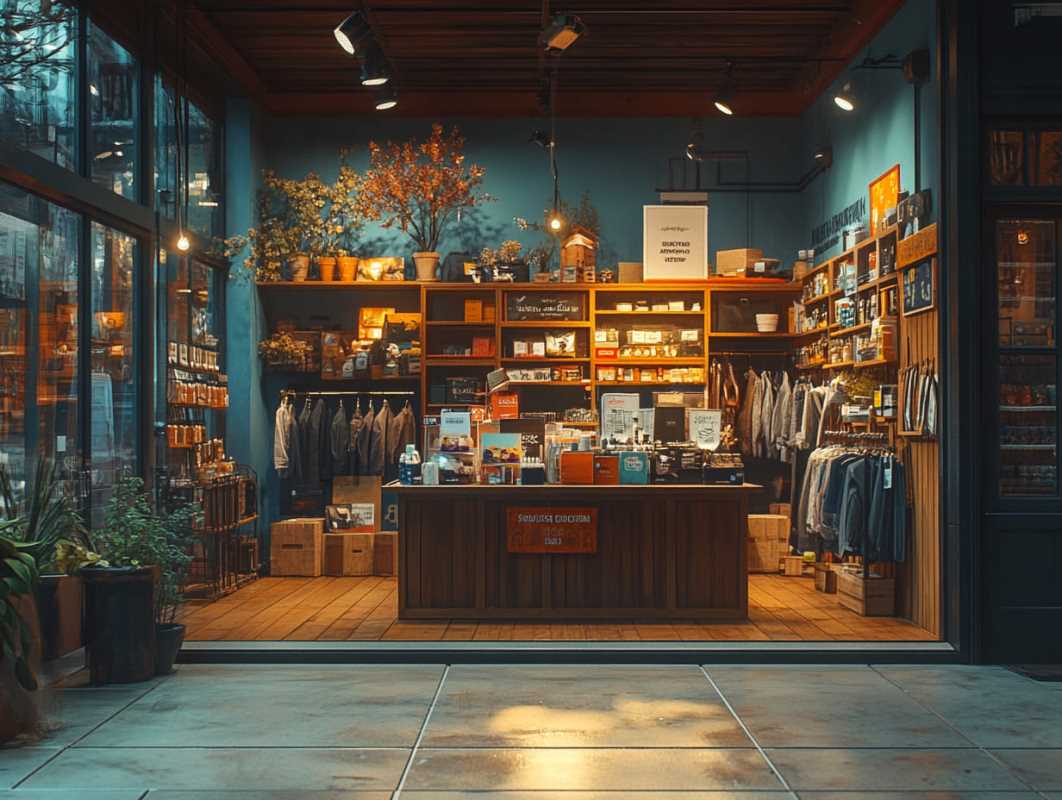 (Image source: Midjourney)
(Image source: Midjourney) 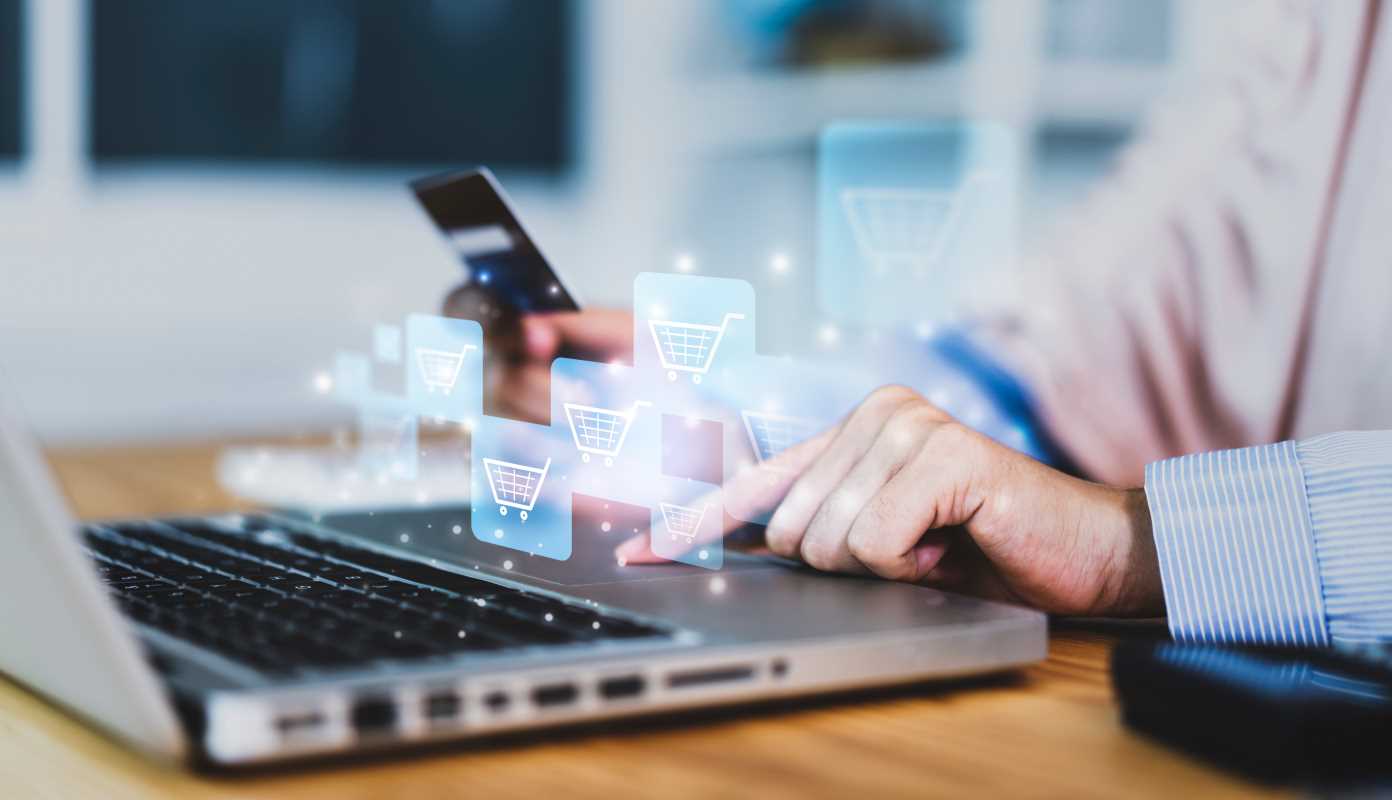
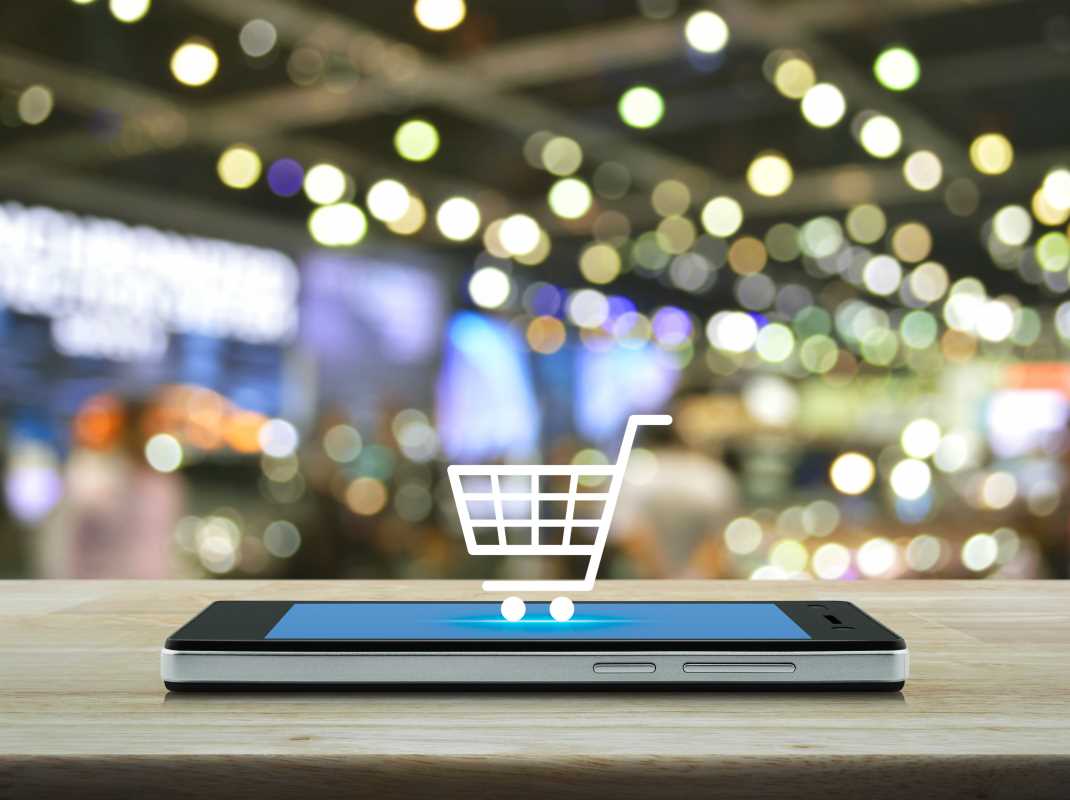
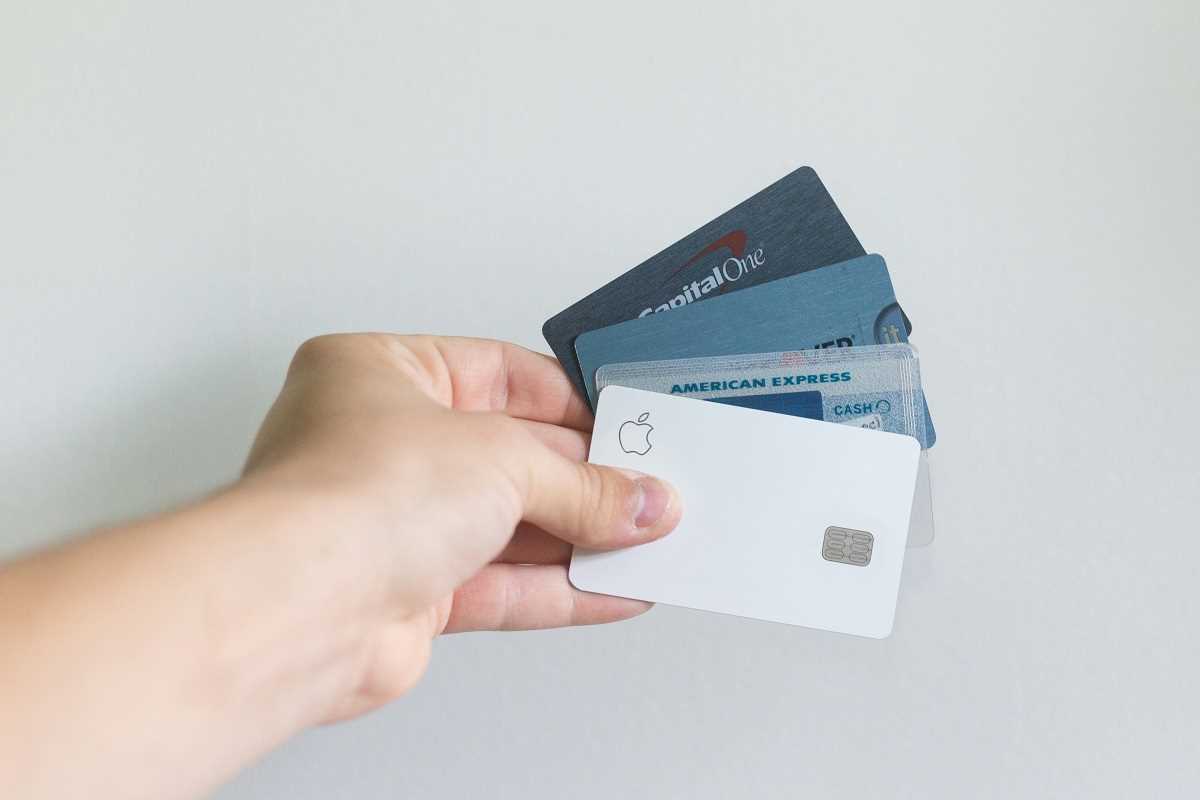
.jpg)

